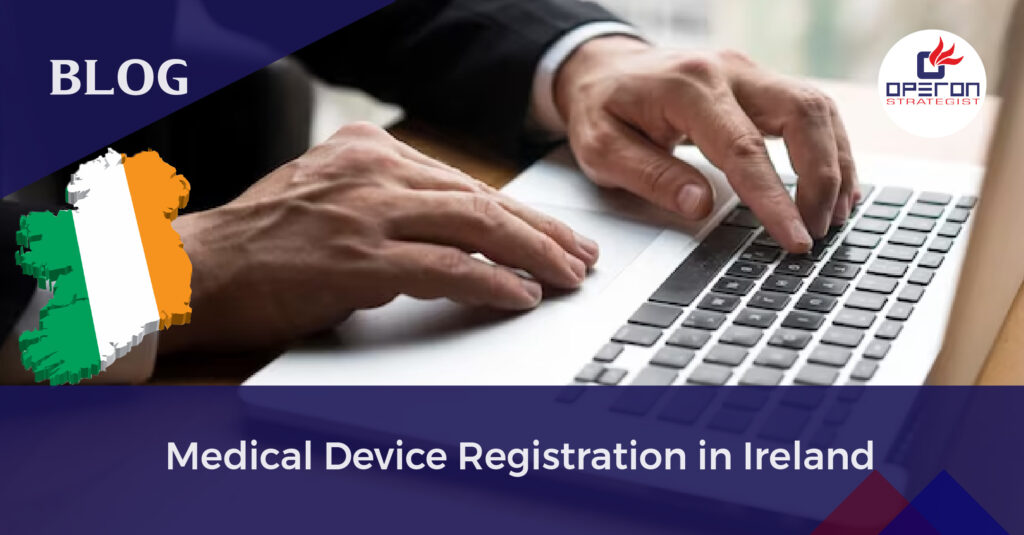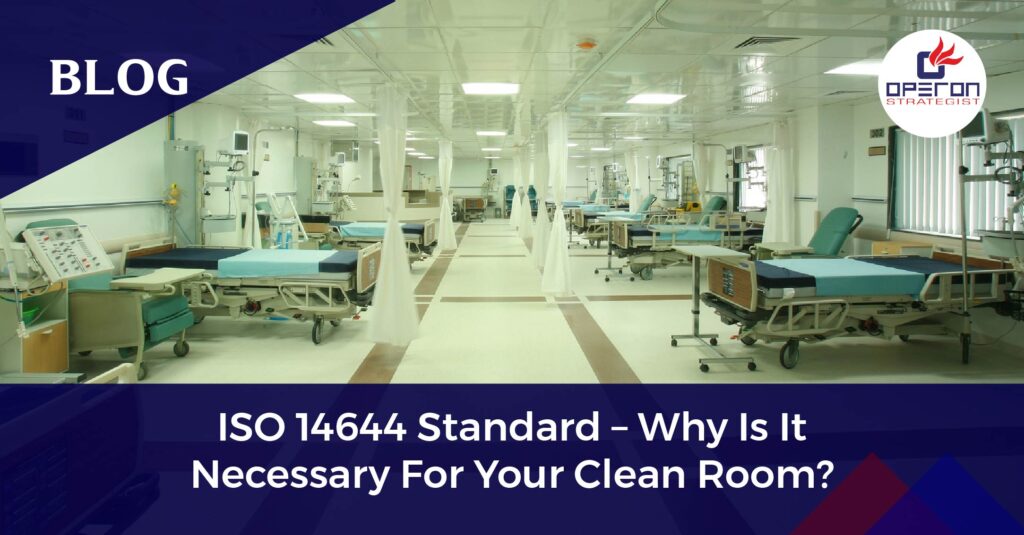Benefit-Risk Analysis in Medical Devices
ISO 14971 requires medical device manufacturers to conduct a benefit-risk analysis of their devices as part of the certification process. As a result, this page educates readers on what BRA is, how to assess the advantages and hazards of a medical device, and which guidelines to follow.
Benefit-Risk Analysis
Benefit-risk analysis is not an option. ISO 14971 requires this. It assists a manufacturer in determining whether the advantages of a medical device outweigh the hazards.
It is critical to understand that the advantages and hazards are typically not of the same magnitude. As a result, objectively balancing the rewards and hazards is sometimes difficult, if not impossible. It’s like comparing apples to mandarins.
Looking For a Medical Device Regulatory Consultant?
Let’s have a word about your next project
Elements for evaluating the benefits of a Medical Device:
The benefits of a medical device are presumed if it functions reliably and as planned. A device’s benefits are normally determined via a clinical evaluation performed by the manufacturer. However, non-clinical assessments, such as usability testing, computer modeling and simulations, and cell-based testing, can be utilized to determine the benefits of a medical device.
To assess the benefits of a medical device, a producer must consider many aspects. Namely:
- Type of the benefit (e.g., enhancing quality of life, relieving symptoms, and assisting in the improvement of patient function)
- The magnitude of the benefit: This is typically assessed against a scale based on specified criteria.
- Benefit probability: This shows the likelihood that a patient would receive the intended benefit, which does not apply to all patients.
- Duration of benefit: How long does the intended benefit last?
Elements for Evaluating the Risk of a Medical Device:
Along with the variables listed above, a manufacturer must consider several additional factors when weighing the risks and advantages of a medical device. Namely:
- Clinical data quality: Poorly designed and conducted clinical studies may render clinical outcomes untrustworthy, undermining the assertion that benefits outweigh dangers.
- The illness features are: Is the disease degenerative or stable? Does the condition worsen over time if not treated?
- Patient’s risk tolerance: The patient’s risk tolerance is highly dependent on the severity of the disease. Patients with life-threatening conditions, for example, may be willing to take on greater risk.
In terms of the last point, if a device delivers a tiny benefit for an illness for which no alternative therapy exists, it may nevertheless be approved. However, a higher-risk device may be licensed for commercial use if it is more effective for a subset of patients or under specific conditions (for example, in tropical regions).
A manufacturer can use the figure below to visually demonstrate the acceptability of the benefit-to-risk ratio. The term “state-of-the-art” (SOTA) refers to medical equipment that has acquired market approval and is now in use. SOTA could refer to your own gadget or a competitor’s device. The graphic contains four quadrants, which can be described as follows:
- Upper-left quadrant: If the studied device provides more benefit for the same or lower risk, the benefit-to-risk ratio improves, and the benefits outweigh the dangers.
- Lower-right quadrant: If the studied device provides less benefit for the same or higher risk, the benefit does not justify the danger.
- Upper-right and lower-left quadrants: Additional investigation is required to establish whether the benefits exceed the dangers.
Finally, a benefit-risk analysis should be conducted for the entire target group. This is because certain members of the target demographic may find the benefit-risk ratio acceptable.
CE and FDA Criteria for Benefit-Risk Analysis
Medical device producers who want to commercialize their products in the United States must get FDA approval. To achieve this, they must use the following guideline materials to conduct the benefit-risk analysis:
- Factors to Consider When Making Benefit-Risk Decisions in MD Premarket Approval and De Novo Classifications – FDA Guidance Document
- Benefit-Risk Factors to Consider When Establishing Substantial Equivalence in Premarket Notifications with Different Technological Characteristics (download FDA guidance PDF)
- Factors to Consider When Making Benefit-Risk Determinations for Medical Device IDEs (FDA guidance document)
- Factors to Consider Regarding Benefit-Risk in Medical Device Product Availability, Compliance, and Enforcement Decisions—FDA guideline paper
- Unpredictability in Making Benefit-Risk Determinations in MD Premarket Approvals, De Novo Classifications, and Humanitarian Device Exemptions (FDA guidance document)
- Delivering periodic benefit-risk evaluation reports – FDA guidance document
- E2C(R2) Periodic Benefit-Risk Evaluation Report: Questions & Answers – FDA guidance paper.
- E2C(R2) Periodic Benefit-Risk Evaluation Report – An FDA recommendation paper.
However, the above documents are useless for gaining access to the European Union market. To pass the CE marking process, manufacturers must follow Annex XIV of the EU MDR 2017/745 or Annexes XIII and XIV of the EU IVDR 2017/746. Furthermore, the following advice documents can be utilized to do a benefit-risk analysis.
- Clinical Evaluation: Equivalence. A handbook for manufacturers and notified entities. EU MDR 2017/745, MDCG 2020-5
- Regulation (EU) 2017/745: Clinical evidence required for medical devices formerly CE approved under MDD 93/42/EEC or AIMDD 90/385/EEC (MDCG 2020-6).
- PMCF Plan Template: MDCG 2020-7
- PMCF Evaluation Report Template (MDCG 2020-8)
- MDCG 2019-9: Summary of Safety and Clinical Performance.
- Safety reporting in clinical investigations of medical devices under the EU MDR 2017/745-MDCG 2020-10-1
- Safety reporting in clinical trials (MDCG 2020-10-2)
- Clinical evaluation assessment report template for MDCG 2020-13.
We help you in the process of making a defined and comprehensive technical file with all product details required for CE marking and FDA.
Benefit-Risk Analysis for Clinical Evaluations
During a clinical examination, the medical device may not be licensed for commercial usage. This is because it may not benefit patients while still posing safety risks to clinical research participants. However, the device’s benefit-risk profile must be examined and demonstrated to be appropriate for the chosen research population before the clinical evaluation may commence.
The benefit-risk analysis for clinical evaluations must include the following elements:
- Clinical background includes information about the clinical condition to be treated, managed, or diagnosed, as well as the ailment’s prevalence and natural progression.
- Alternative medical gadgets are currently available to the target audience. The following information should be provided: previous treatments, available medical choices (conservative, surgical, medicinal), and existing technologies.
Further, when determining the acceptability of risks, producers should evaluate inadequacies in current medicines to determine whether their technology fills a significant gap in already accessible healthcare. If the gap is not considerable, the device’s benefit-risk profile should be superior to that of current goods and therapies.
Operon Strategist is Your Partner for CE Marking, FDA 510(k), Medical Device Registration, and ISO Compliance—Reach Out and Elevate Your Success Today!
- adminhttps://operonstrategist.com/author/admin-2/
- adminhttps://operonstrategist.com/author/admin-2/
- adminhttps://operonstrategist.com/author/admin-2/
- adminhttps://operonstrategist.com/author/admin-2/




